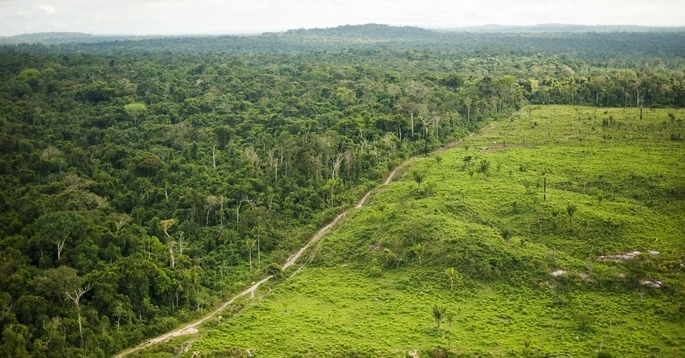
Right now, California is experiencing one of the worst series of wildfires in the past century. More than 3.5 Million acres of land has been burned down, and hundreds of thousands of people have been forced to evacuate their homes. As a result of the fires, air quality across Northern California has been hazardous for the past couple weeks, potentially giving people breathing in the wildfire smoke respiratory and cardiovascular illnesses. Studies from the Journal of the American Heart Association show that directly inhaling wildfire smoke can decrease immunity and lung function for years after the smoke. Firefighters are working hard to put out the fire in these rapidly burning areas, but urbanization in dry mountainous regions stops firefighters from letting these areas burn out to contain the fires. Working around these obstacles have slowed the process of combatting the wildfires, and with the effects of climate change, the land has been hotter and drier than ever. In addition, the strong dry winds have been fueling the fires and pushing them down all the way to the Santa Cruz region rapidly. As a result of these fires, millions of animals have been displaced from their habitats, and are forced to roam into residential areas, putting both civilians and the wildlife at harm. With wildfires and other natural disasters becoming more intense, we are starting to see the effects of climate change. If nation’s don’t come together to reduce their ecological footprint and enforce methods to live more sustainably, the effects of climate change will be irreversible in 12 years.

As more CO2 accumulates in the atmosphere, the effects of climate change become more and more noticeable. As the temperature increases, droughts, high winds, and wildfires become more common. Elevated temperatures will cause an increased melting rate of ice in the poles, leading to increased ocean levels and higher chances for cyclones and tsunamis. With the occurrence of natural disasters becoming more likely, nations must find ways to live more sustainably without leaving an ecological footprint. During COVID - 19, CO2 emission levels decreased drastically, as major factories shut down for a couple months and travel with cars and planes had been limited. Although this change was only temporary, it shows that we are still capable of reversing the effects of climate change, before the damage is permanent. At the lowest point of COVID -19, Carbon emissions were at 72 million metric tons, compared to the whopping 84 million metric tons from December of 2019. To fully reverse the effects of climate change, carbon emissions must be brought down to zero within the next twelve years, requiring major changes in terms of renewable energy and individual footprints. With the right legislation and decisions made in future foreign affairs, carbon emissions of zero are very achievable.

The Amazonian rainforest fires have been devastating to the South American residents and wildlife, but one of its main causes is more concerning, deforestation. Deforestation of the amazon rainforest was much more destructive in the 1990’s and the early 2000’s, but since then deforestation has gone down by almost 65%. In recent years, deforestation rates have started to increase to clear land for farming and livestock. As more land is cleared, fires are used to get rid of old tree stumps and nourish the soil for crops. The land becomes increasingly dry as this process is repeated, ultimately leading to widespread wildfires, which run rampant on the dry land as well as the rainforest itself. As these wildfires continue to spread, large amounts of wildlife are displaced from their habitats and species diversity starts to plummet, destroying the normal food web in the ecosystem. So far, 7,200 square miles of rainforest has been burned, and it will still be a while before the fires are completely put out. The damage to large carbon reserves like rainforests can’t be reversed very easily, and only accelerates our progression towards permanent climate change.